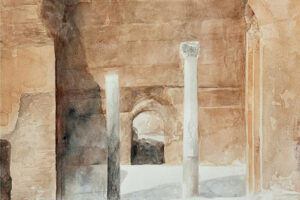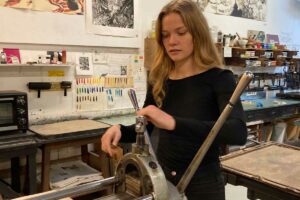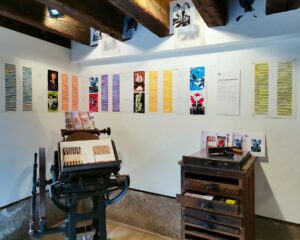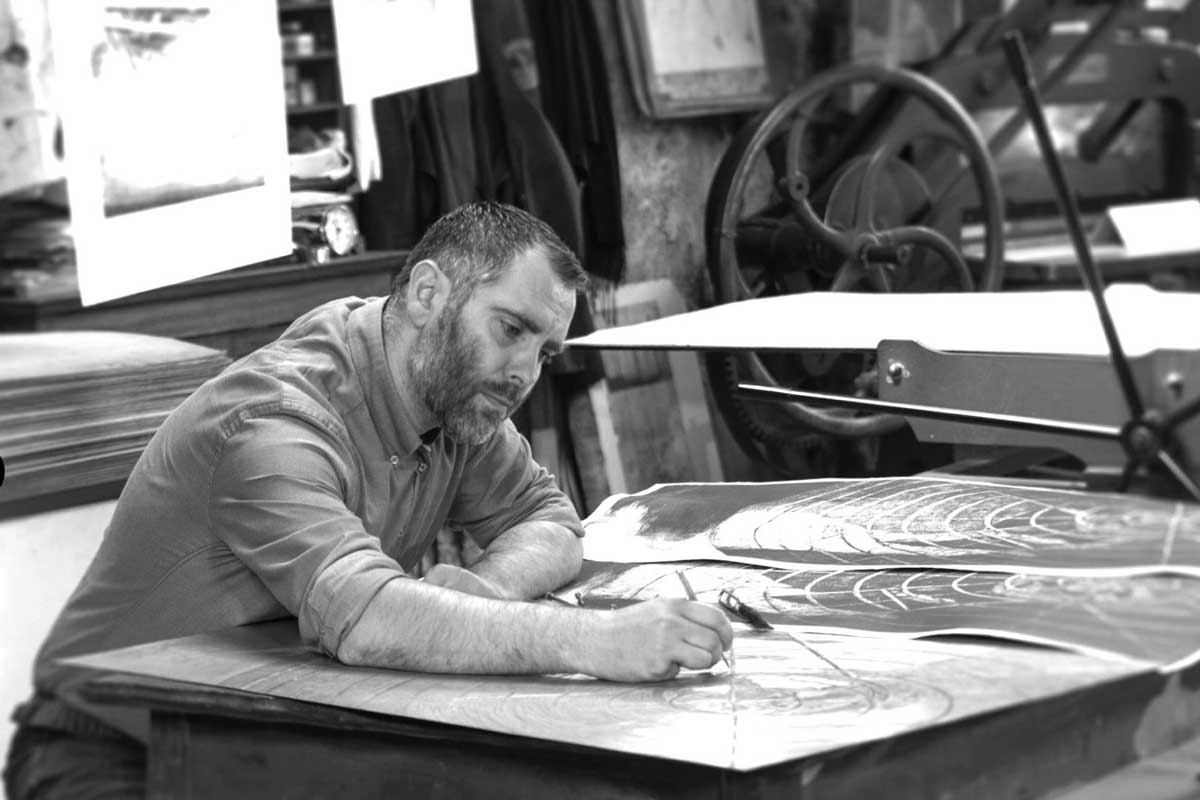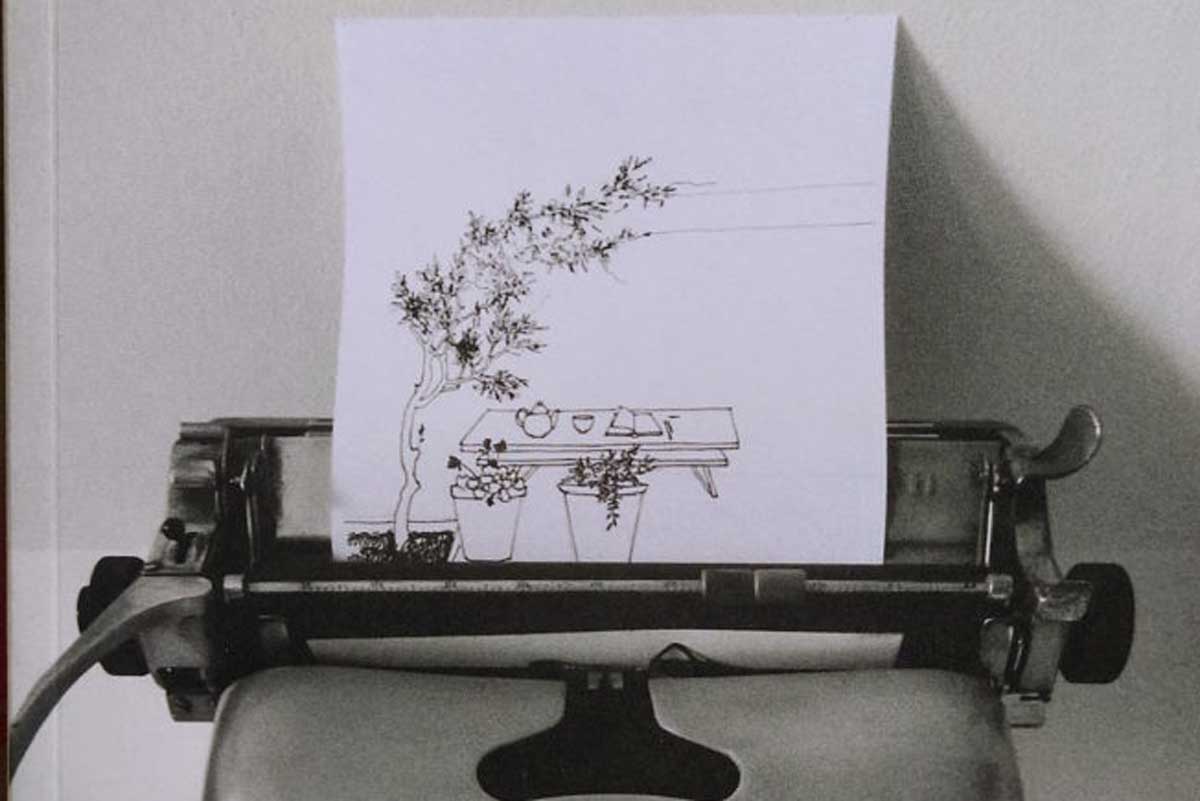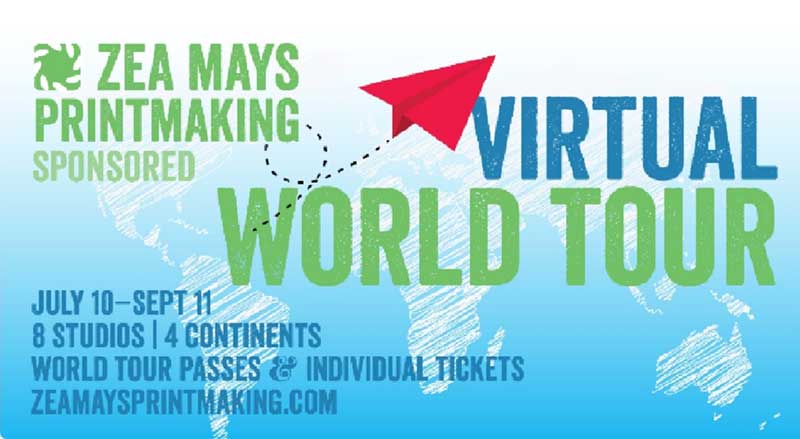April 20, 2016
Amanda Lee, Venice student in 2003, artist and educator.
Lorenzo de Castro: Amanda, is there a particular reason for having decided to study arts in Venice instead of Tuscany or Rome?
Amanda Lee: When I was researching places to study in Italy I was drawn to Venice for its connection to contemporary art. I had visited Venice, Rome and Tuscany previously and Venice had made an impression, beyond the gondolas. Venice is deeply invested in providing space for multi-cultural interaction. Then (in 2003) and even more now, the city was very obviously supportive of contemporary art in a way that is unique in Italy. As an artist I was looking to study in a place where I would have access to theory and technique not only as traditional antecedent but also as contemporary context.
LdC: Was it difficult to find a balance between working in the studio and the desire to spend time viewing the arts that Venice offers?
AL: Not at all, in fact, Venice makes seeing art and making art as easy as possible. Everything is right there, available to you. It is no problem to stop off at the Gallerie dell’Accademia, Basilica di Santa Maria Gloriosa dei Frari or Palazzo Grassi on your walk to or from the studio. Art viewing and making become an integrated process, it becomes your daily routine. However, I had the luxury of a full ten month stay the first time I studied at the Scuola. So I’m sure my perspective is skewed to the benefits of a long residence. It can be overwhelming as a newcomer, there is just so much to absorb and learn. But even now, when I work in Venice for a short period I tend to find a sweet daily rhythm of working, walking, and looking.
LdC: Did the the visual and cultural impact with a city of tradition and art influence your work while you were studying in Venice, or did you tend to stay safer in a ‘comfort zone’?
AL: Every time I visit Venice some part of the culture either human history, art and design or the natural history of the lagoon makes its way into my work. I think it would be very difficult to spend time in Venice and remain unchanged, in your mode of thinking or your mode of making. Even when I was a student in Venice my work was an exploration of the experience of place and how places can smooth anxiety and release fear. Venice offers many pathways for exploration of ideas.
The experience of Venice can also filter out your personal noise and allow you to really focus on the elements of your life and research that truly matter. I’ve found that exposure to Venice’s depth of history and visual vernacular have helped me to expose the characteristics and tendencies that I always carry with me. And then my goal has to be to accept or edit those tendencies.
LdC: How did your experience in Venice influence your art practice, education and culture in the months and years to follow?
AL: The Scuola was really the beginning of my life with printmaking and book arts. I took my first classes in printmaking at the Scuola. So it would be difficult to over-state the impact that the Scuola and Venice have had on my life in the subsequent years. Now my whole life is designed around and dedicated to proselytizing the incredible power of printmaking and book arts as an artist and an educator.
Living in Italy as a foreigner means having the opportunity to be witness to life lived at a different cadence, with different priorities. It also means that I’ve been able to see how very human we humans are across culture and society. Venice exemplifies this in its history and its present. My time at the Scuola has always been such a nourishing mix of intimacy and expansiveness, I’m truly grateful for all that I have learned and experienced in Venice.
LdC: As a professional artist and educator with a significant experience abroad, what would you suggest to a student or an artist who is about to study or work in Venice for the first time?
Oh man, hold on, it’s going to be an amazing time! Venice is a non-stop feast of experiences. If you can try to find some time each day to reflect on what you are experiencing. One practical suggestion; take pictures and draw, but also write at least a sentence or two every day, you’ll be surprised how much your documentation matters to you in the future. Everyone always has one or two restaurants or museums to recommend… but… reflection, taking a moment to pause, is my big suggestion. Oh, and have fun!
Amanda is an independent artist. She has spent the last four years living between Cortona, Italy and Seattle, WA as she works on a long-term project documenting domestic violence shelters. She has taught for University of Iowa, University of Georgia, Penland School of Crafts and University of North Carolina, Charlotte. Her work has been exhibited internationally including Highpoint Center for Printmaking in Minneapolis, MN, McColl Center for Art and Innovation, Charlotte, NC and IMPACT 8, Dundee, Scotland.
You can view her work at her website ilickthis.com➤ and some of her past writing is in printeresting’s archive➤

